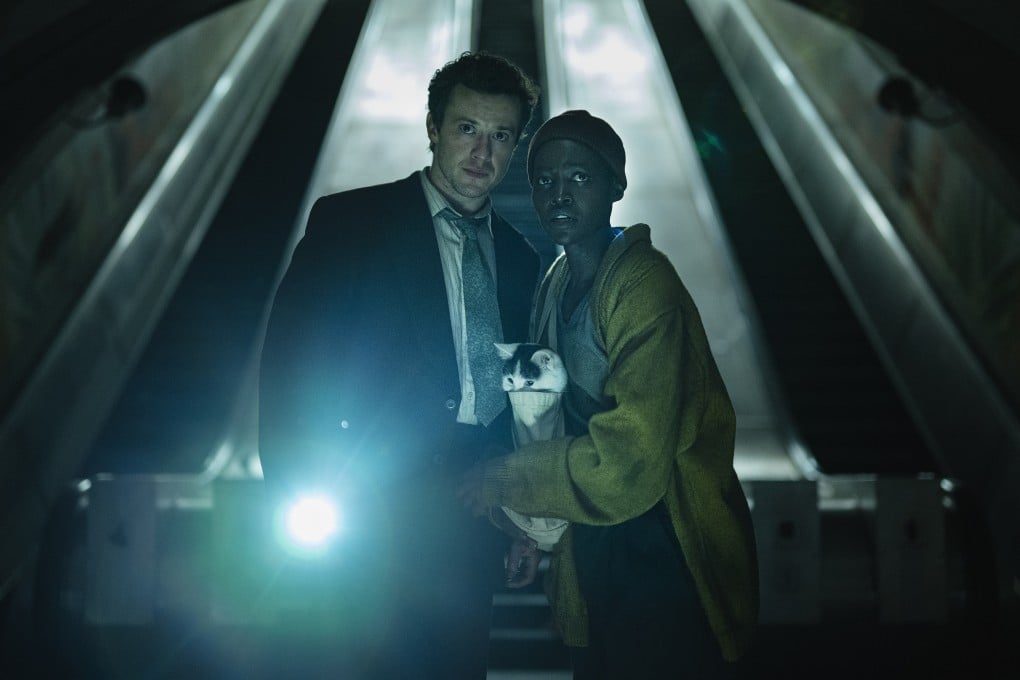Advertisement
Are Hollywood prequels really the way forward? A Quiet Place: Day One is next for the test
- Some prequels work, others such as recent Mad Max and Star Wars films flop. The best ones wind the narrative back while adding something new
Reading Time:4 minutes
Why you can trust SCMP
0

After the success of John Krasinski-directed horror A Quiet Place and its 2020 sequel, the next step is not forwards but back, it seems.
Directed by Michael Sarnoski, this week’s A Quiet Place: Day One, as the title suggests, spirits viewers back to the moment those horrifying, sound-sensitive alien creatures first invaded the planet.
A prequel to A Quiet Place? Well, on paper it sounds like a good idea. Why not fill in those gaps and explain what happened on that first day?
With a cast including Joseph Quinn and Djimon Hounsou, the plot will see events unfold in New York, which is not exactly the quietest place on Earth. You can imagine the carnage those alien beasties are going to cause.
So far, so Hollywood. Prequels have become increasingly prevalent these past years, as the studios look to mine franchises any which way they can.
From live-action films like Wonka, giving us the evolution of Roald Dahl’s chocolatier, to animations, like Minions: The Rise of Gru, a look at the early years of the villain from the Despicable Me series, the origin story is all the rage.
Advertisement